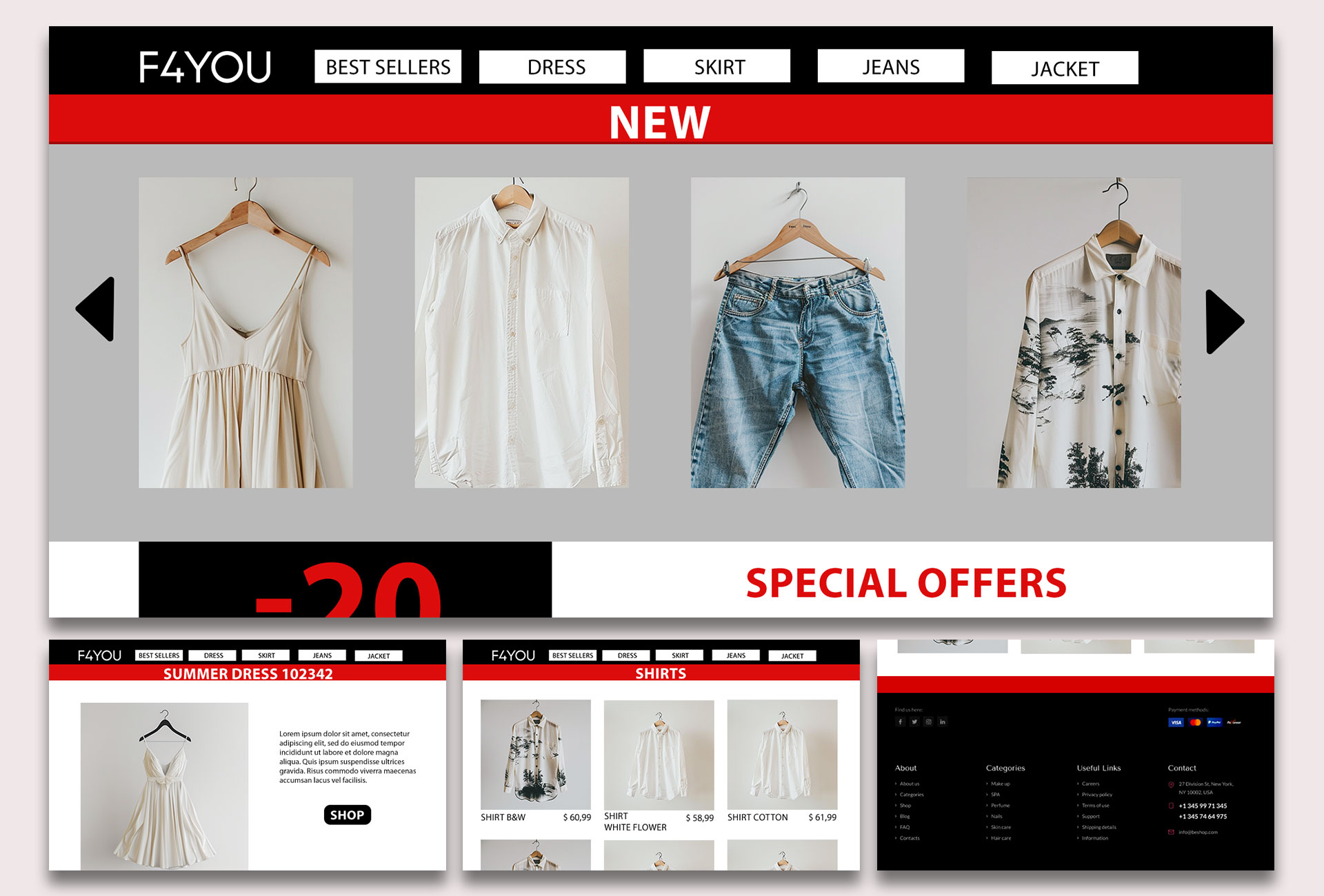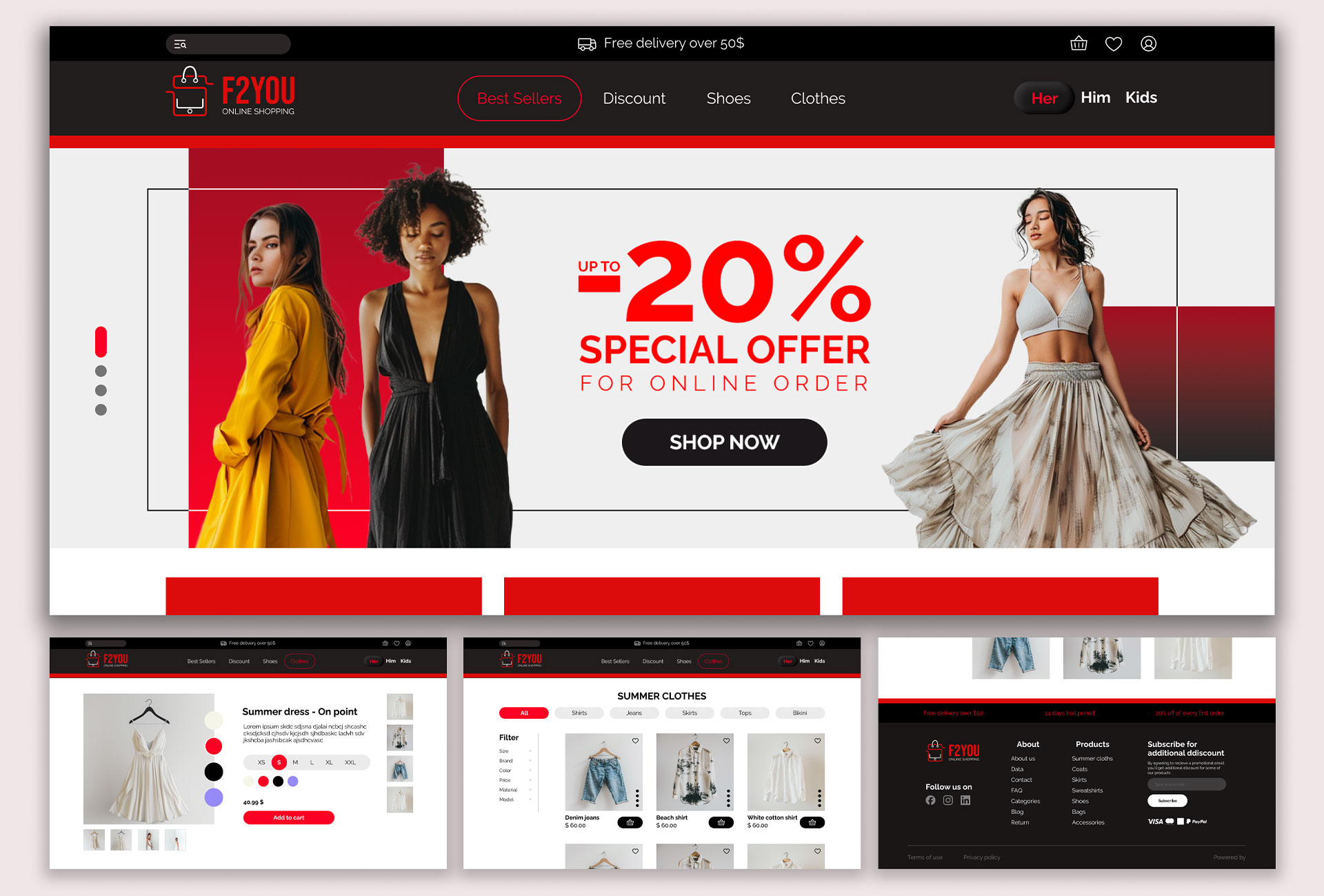Get noticed with Web Design from us, where functionality meets elegance in crafting custom websites that are not only eye-catching but also work seamlessly across all devices. In the digital age, where first impressions are primarily formed by the look of the site, our web design service is dedicated to creating online experiences that are both engaging and effective.
At the core of our approach is the understanding that your website is the digital face of your brand. Our team has extensive experience in weaving together the latest web technologies with design principles to create sites that enhance your identity.
From the initial concept to the final version, we work closely with you to ensure your digital presence is not just visible but memorable. We can assist with everything from simple creative images, through successfully selling landing pages, to UX designs that are the best solution for your goals. Whether it’s creating a product website that showcases your products in their best light or designing a web product that speaks to your creativity, our primary goal is to deliver a web experience that effectively distinguishes and positions your brand.
Stand out in the digital world with IMG Creative’s Web Design service. Your digital journey begins here, where every pixel is a part of your idea waiting to be told.


Web design time can vary depending on the complexity of the project. The process usually involves several steps and can take anywhere from a few weeks to several months.